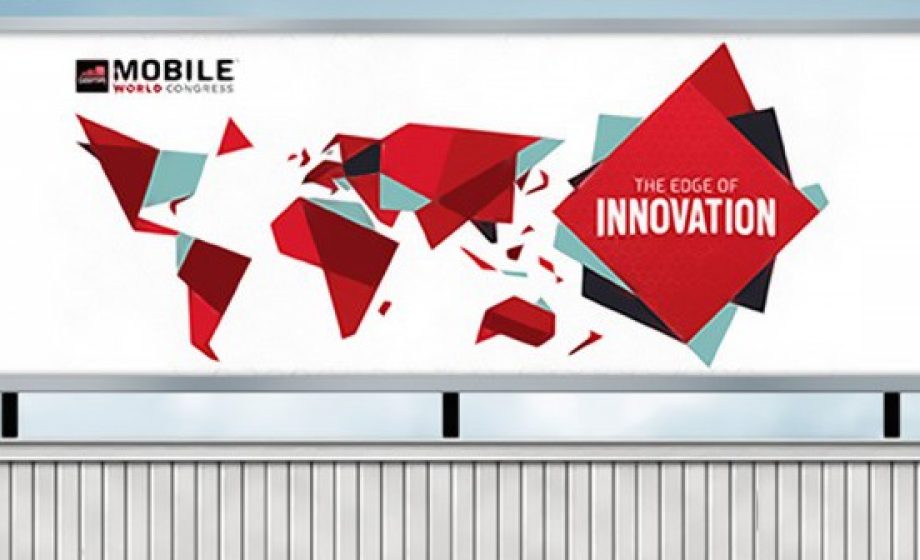
As with previous Mobile World Congresses, this year is bigger than the last. While the new Samsung Galaxy 6 (yes 6 already) is the big product launch this year, there are many other interesting developments and trends emerging at mobile’s biggest event of the year, perhaps adeptly taglined for 2015 ‘The Edge of Innovation’. Here are some highlights from day 1:
IoT, wearables, M2M – Everything’s connected
Last year saw a slew of connected device launches from hardware manufactures. Most of the launches were activity trackers and watches. As such, wearables were on the tip of everyone’s tongues last year. While wearables were still making news this year, an increasing amount of the innovation focuses on the technology and services powering the IoT ecosystem. From smart touch technologies coming from companies such as Immersion to Huawei’s plans to to creating seamless payment of experiences in the future world as explored by Mastercard to global cellular connectivity for IoT a la Sigfox, the mobile world is starting to collaborate to create a truly connected IoT ecosystem.
Startups obviously figure prominently in this connected future and, as such, country delegations such as Finland and Estonia, corporates such as Intel and Samsung, MWC startup focused events such as 4YFN and IoT Stars, and IoT accelerators such as Startupbootcamp’s Barcelona-based program, were all on had to showcase their IoT startups and partners.
The GSMA is also increasing its focus on the connected ecosystem this year, by expanding on their hugely successful Connected City exhibition last year to launch the GSMA Innovation City. More on this tomorrow.
4YFN 2015 – 2.5X bigger, 5X more impact
As mentioned last week, the Mobile World Congress’ startup conference 4YFN was back again this year for its second edition. The first edition was a huge success welcoming 2k attendees and putting on an event that was lauded for its high quality content and experience. This year they doubled the conference not just in number of attendees – 5k joining this year – but also in sheer size. This year, they’ve doubled the space of the conference and did a monumental job getting startups out as exhibitors this year. While the contingent from Spain was obviously the biggest, there were startups from across Europe showing off their tech in the 4YFN Innovation Market this year. They also had an incredibly diverse set of finalists for their startup competition which will award winners from 3 categories – Disrupted by Mobile, Internet of Things, and Digital Media.
It’s clear that if your a startup and/or company that’s looking to get patched into the mobile startup ecosystem, 4YFN is a place you want to spend a good chunk of time during the MWC week. In many ways this event is the entry point not just to the Mobile World Congress sphere, but also for startups to access the global mobile ecosystem, a space that is no longer just the realm of big telcos and handset manufacturers.
Zuck’s back
Last year Facebook founder Mark Zuckerberg made his big debut at Mobile World Congress to tout a flagship initiative Facebook is piloting called internet.org. The objective of internet.org is to bring the internet to connect the two-thirds of the world that doesn’t have internet access. Last year he launched a call for partners, and particularly mobile operators, to join the program. Not surprisingly, this was met with skepticism as many felt it was simply a way for social media giant to get a foothold in the developing world. While that may be one consequence of this effort, it is evident that access to the internet and, more importantly, information is going to transform people’s lives in the developing world.
So, this year he was back to give an update on progress. Joined on the stage by the GSMA chairman as well as representatives from mobile operators Airtel Africa, Telenor and Millicom, the conversation focused on not just how accessing the internet is positively impacting people in emerging markets, but also the initiative has also been good for participating carriers bottom lines. To illustrate this point, Millicom SVP Mario Zanotti gave the example of Paraguay, where there’s been a 30 percent increase in data use, and more people are now paying for mobile services. If it looks to be a win-win for carriers, Facebook and (depending on your point of view) the public, chances are other carriers will soon be joining as well.
GSMA launches a platform to connect buyers (read telcos) and sellers – finally
By far one of the biggest headaches for mobile-focused SMEs and startups is working with telcos. Known to be excruciatingly slow and unnecessarily bureaucratic, getting access and then negotiating deals with them can a slow and painful process. The GSMA is hoping to help address the problem with their newly launched GSMA Marketplace, an online commerce platform enabling buyers and sellers in the telecoms sector to connect with each other. It’s pretty easy to see how this could be interesting to startups and SMEs in particular, but the GSMA also has a huge amount of interest from mobile operators themselves who are looking to get more connected to smaller companies outside their network of approve suppliers. GSMA Marketplace is a subscription based service, but has a free entry model whereby companies can set-up a webpage or ‘storefront’ for free. If they want more customization within the platform, increased intelligence or information, or more user-licenses, users can transition to a paying plan.
Although it’s perhaps taken too long for GSMA to bring to the telco market a substantive solution for connecting players within the industry, hopefully their new platform will be a helpful first step in enabling a more connected telco ecosystem.
MWC 2015 Highlights Day 1: The Edge of Innovation

Events
